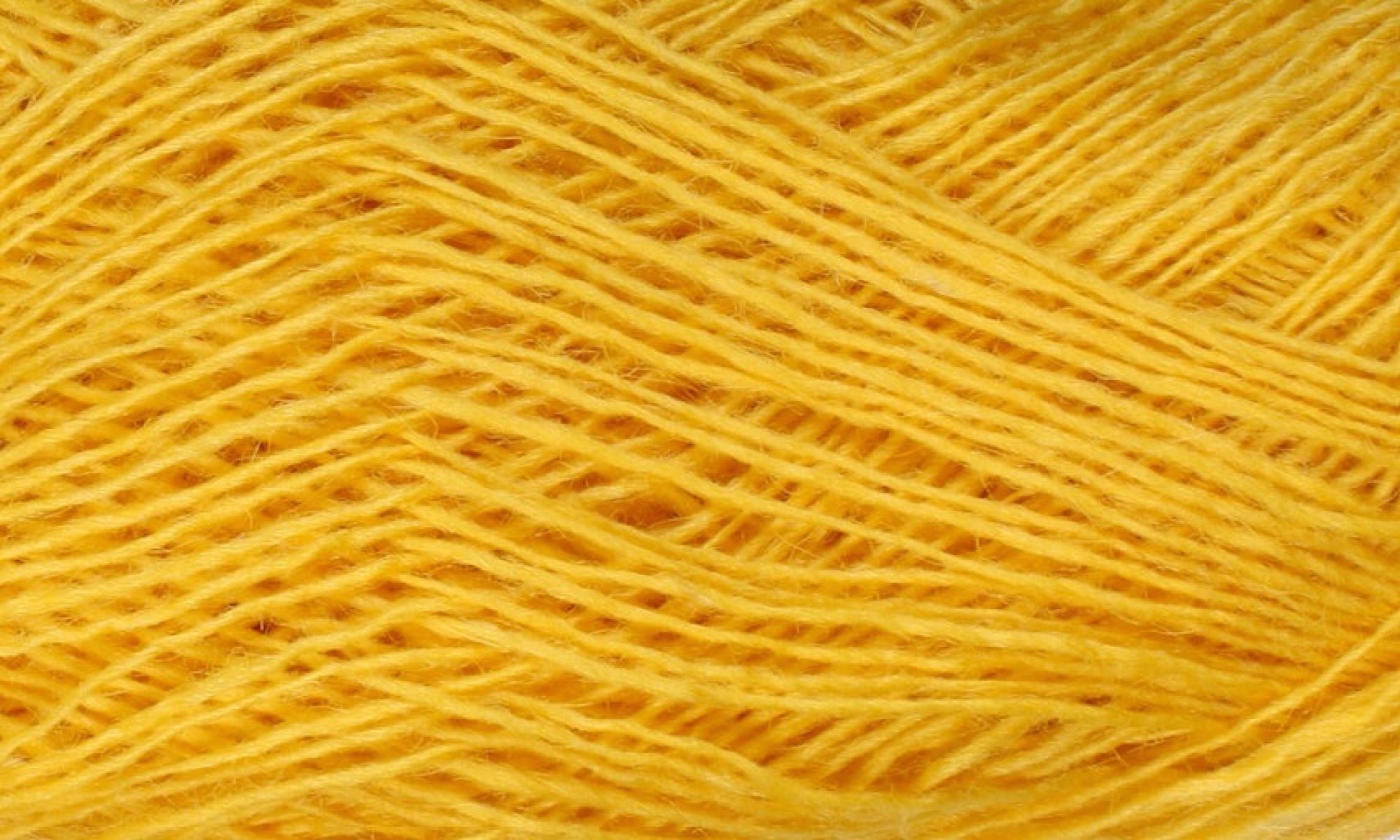I think the third space is a bridge that connects two physical entities into one reality that is virtual and unbound by time or space. The third space can arguably achieve a level of intimacy close to that of two parties being a single setting, while being in completely different locations.
In his article, Randall Packer describes this phenomenon as “the pervasiveness of distributed space and the degree and myriad of ways in which we are constantly connected”.
Packer likens the third space to the fourth dimension, where “spatial trajectories have no boundaries”. Not to say there are no boundaries in the third space, but the extent to which we use the third space can open up new channels for communication and interaction.
In my third micro-project for example, Desmond and I performed an interaction using Facebook live as our bridge to the third space where location was no longer a boundary. We planned to use the third space as a portal to transport an object from my location to his.
The plan was for me (in Location A) to throw a piece of roller coaster snack into Desmond’s mouth (in Location B). I would throw the snack through the “third space”, or out of frame, and we got our friend Samantha to throw the snack to Desmond in his location. This created the virtual illusion of it passing through from my end, and transformed the snack into a third body.
This project allowed us to recreate the intimacy of two people passing items to each other in the same physical space, despite being in separate locations. We connected by speaking to each other over the live video, counting in time so that we were all in sync with the movement of the object.
A project that also transcends locational boundaries through the third space is Hole-in-Space. According to Maria Chatzichristodoulou’s article on Cyberformance, Hole-in-Space was “one of the most celebrated pre-Internet telematic installation/performance works”.
The artists themselves described it as a “public communication sculpture”. People in a certain location were confronted by large, virtual images of people in another city, who they could see and talk to, severing the distance between both locations and creating, like the artists said, an “outrageous pedestrian intersection”.




